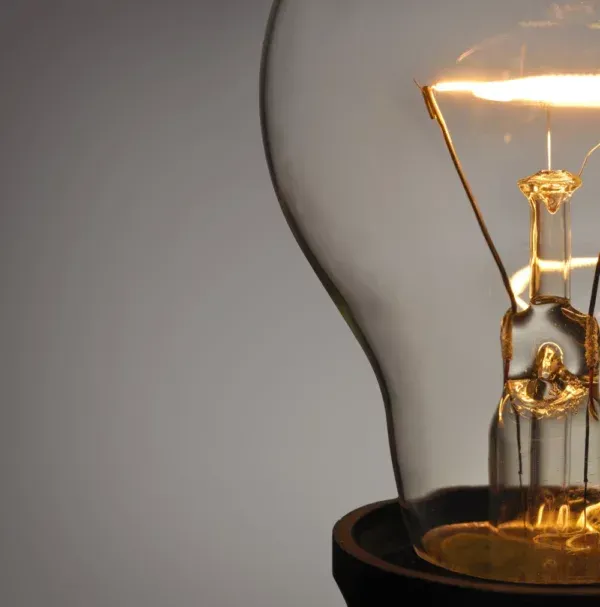How Is Electricity Generated?

Have you ever wondered how electricity for your Kirkland home is generated? Do you want to find ways to save money on your utility costs? Expert Air Control specializes in electric services for homeowners, and we are often asked about these types of subjects.
Turbines Generate Most Electricity
Most of the electricity that is used by homeowners in Kirkland and other areas of the country is generated through turbines that operate with various fuel sources. While fossil fuels are currently the most common sources, accounting for almost 40% of electricity generation, renewable energy is emerging as a popular and environmentally-friendly alternative. Regardless of the fuel source, turbines generate electricity in much the same way. Fluid or gas flows across a series of blades that turn the shaft inside a generator. Most turbines rely on steam, while others use water or combustible gases. The process of generating electricity from the rotation of the shaft depends on the type of fuel source that is used.
Turbines Vs. Generators
Turbines and generators are used to produce electricity, but each plays a unique role. Turbines harness energy from external sources, such as water spilling through dams, natural gas, solar, and wind, to operate the mechanism of the generator. The generator is where electricity is actually produced by harnessing energy from the rotation of a shaft.
1. Steam Turbines And Fossil Fuels
Steam turbines are used for most electricity generation in the United States, and most rely on fossil fuels, such as natural gas, coal, and combustible gases. Fossil fuels are used to heat water that releases steam to rotate the turbine. Some steam turbines operate with nuclear or solar power.
2. Solar
Solar energy is used outside of steam turbines to generate energy. Homes and businesses in Kirkland can install photovoltaic cells that trap energy from sunlight and convert it into energy without turbines. A number of cells can be connected together to generate enough electricity for a single home or large sections of metropolitan areas. For homes, the cells are mounted on the roof or somewhere on the property that has adequate sunlight. For cities, the array of cells is generally installed in rural areas, and the electricity is delivered through standard power lines.
3. Geothermal
Geothermal technologies harness the heat from water and steam inside the Earth. Geothermal turbines work much like other types of steam turbines. The exception is that no secondary fuel source, such as natural gas or coal, is needed to heat the water and generate steam.
4. Wind Power
Accounting for almost 10% of all electricity in the United States, wind turbines are becoming more popular, environmentally-friendly options for cities. You may see large wind farms across the landscape in more rural areas. Each of the structures is a turbine that is connected to a generator to make electricity.
5. Hydroelectric
Hydroelectric power currently provides the same amount of electricity in the United States as wind power. For this energy source, turbines are rotated with the force of moving water. Many larger dams in the country harness power from water to generate electricity. This is still the most common source of electricity in Washington State.
6. Biomass
The least common way that electricity is generated is with the use of biomass that comes from animals and plants. This may include wood, animal waste, agriculture, paper, and other materials. The substances are burned much like fossil fuels to generate energy that is used by turbines. Most biomass electricity in the United States is used for industrial applications, followed by transportation and residential needs. Biomass is still being researched as a viable alternative to fossil fuels, but more renewable sources, such as wind and solar, are generally considered more beneficial for the future.
How To Reduce Energy Consumption In Your Home
If you are looking for ways to reduce utility costs and environmental impact, Expert Air Control can help. We recommend energy-efficient upgrades to your current electrical system, as well as heating and cooling systems that will save you money. We can also help with all of your electrical needs, from installing new lighting to emergency repairs to keep your family safe and comfortable.
Learn More About Our Professional Electrical Services
For more than 20 years, Expert Air Control has provided residents of Kirkland and the Pacific Northwest with expert electrical, heating, cooling, and indoor air quality services. Our technicians are NATE-certified, so you feel confident about the work we do in your home. Call us today for more information about our installation, repair, and maintenance services.
Categories: Electrical
Contact Our
Expert Air Specialists
Contact Us
We will get back to you as soon as possible.
Please try again later.
© 2023 Copyright Expert Air Control. All Rights Reserved.
Powered by Integrity PNW | Privacy Policy | Terms of Use



